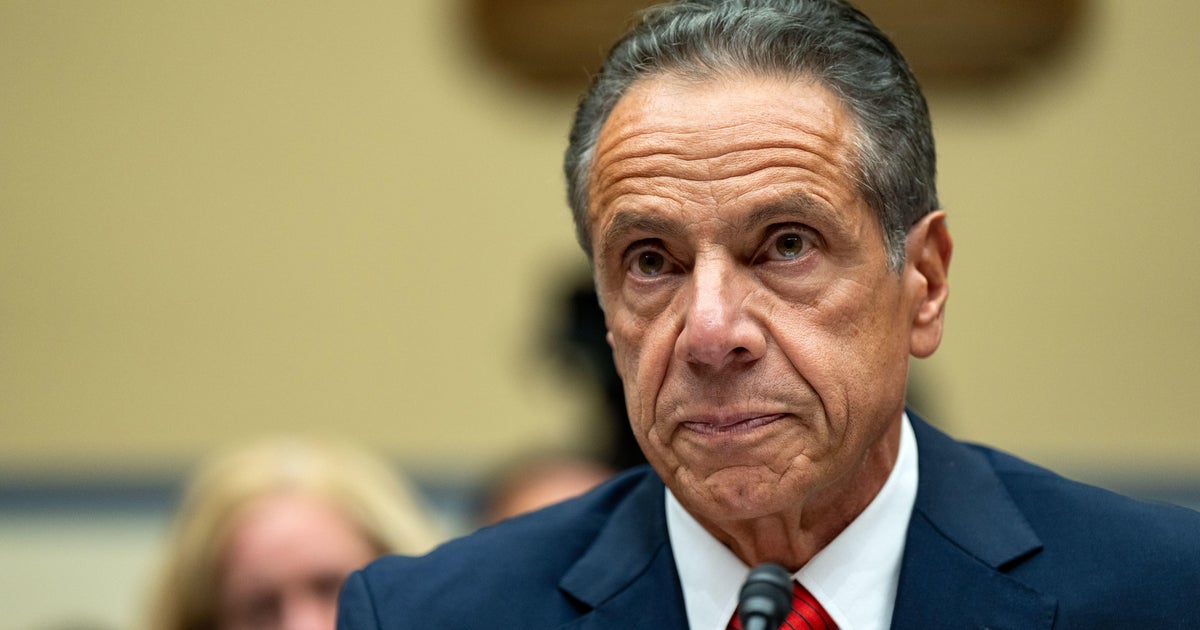The History Of July 4th
The Fourth of July, at the height of summer, is the patriotic holiday celebrated with parades, picnics, fireworks and the waving of the American flag. Across this country, Americans remember that they are "endowed by their Creator with certain unalienable Rights, that among these are Life, Liberty and the pursuit of Happiness."
The vote to declare our independence took place on July 2, 1776. The Second Continental Congress approved the wording of the Declaration of Independence two days later — which is why we designate July 4th as our nation's birthday — and sent it to the print shop of John Dunlap in Philadelphia.
The Declaration wasn't actually "declared" until July 8, 1776, when it was read by John Nixon at noon in the yard of the State House — now known as Independence Hall — in Philadelphia. The Liberty Bell, inscribed with the words, "Proclaim liberty throughout all the land unto all the inhabitants thereof," tolled from the State House's belfry afterwards. The original inkstand used by the Second Continental Congress to sign the Declaration of Independence still lives in the Hall's West Wing.
See our country's national parks.
The 13 colonies had been at war with Great Britain for over a year for "cutting off our Trade with all parts of the world" and "imposing Taxes on us without our Consent..." among a long list of grievances cited in the Declaration. "Our repeated Petitions have been answered only by repeated injury."
In the Declaration of Independence, our founders cited their right and duty to "provide new Guards for their future security." They pledged to lay our country's foundation on principle and to organize its powers "to effect their Safety and Happiness." The signers of the Declaration of Independence faced the death penalty for treason to the British Empire.
John Adams and Thomas Jefferson, two of our most noteworthy presidents, played critical roles in the crafting and drafting of the document. The Second Continental Congress appointed them, among others, to write it. Ben Franklin, another appointee, was too sick, so the task fell to Adams. He deferred to Jefferson, listing among his reasons, "...you can write ten times better than I can."
The two became longtime friends, despite their differing political views. Debate about who is stepping on the other's foot in John Trumbull's famous painting Declaration of Independence, has been ongoing since its completion in 1817. Both men died on the fiftieth anniversary of our nation's birth — July 4, 1826 — casting a historic shadow over the day. Adams' rumored last words were, "Thomas Jefferson still survives," though Jefferson had died a few hours earlier.
Independence Day wasn't officially declared a holiday until 1870. And it wasn't a paid holiday for federal government employees until 1941.
Learn the history of other holidays.
Throughout the more than two centuries since the Declaration's signing, the date has been marked by notable events. Ground was broken for the Erie Canal in Rome, New York on July 4, 1817. The Baltimore and Ohio Railroad began construction on July 4, 1827. The cornerstone of the Washington Monument in the District of Columbia was laid on July 4, 1848.
On July 4, 1884, the French Government formally presented the Statue of Liberty in Paris. The statue was then dismantled and shipped to New York where it was reconstructed and dedicated on October 28, 1886.
The National Civil Rights Museum was dedicated in Memphis, Tennessee on July 4, 1991 and the cornerstone of the Freedom Tower was laid on the World Trade Center site on July 4, 2004.
Happy 236th birthday, America!
Caryn Coyle's fiction and non-fiction have been published in more than two dozen literary journals and the anthology "City Sages: Baltimore" (2010) from City Lit Press.



